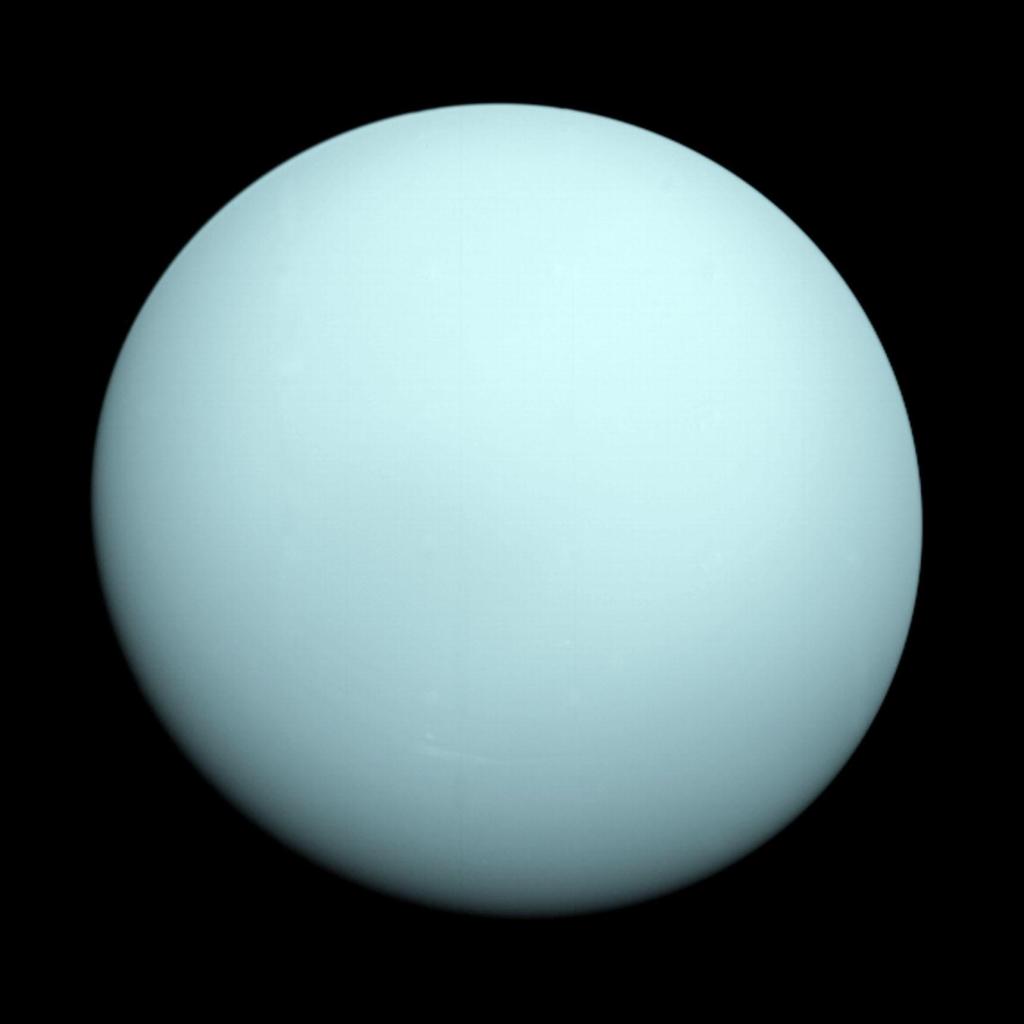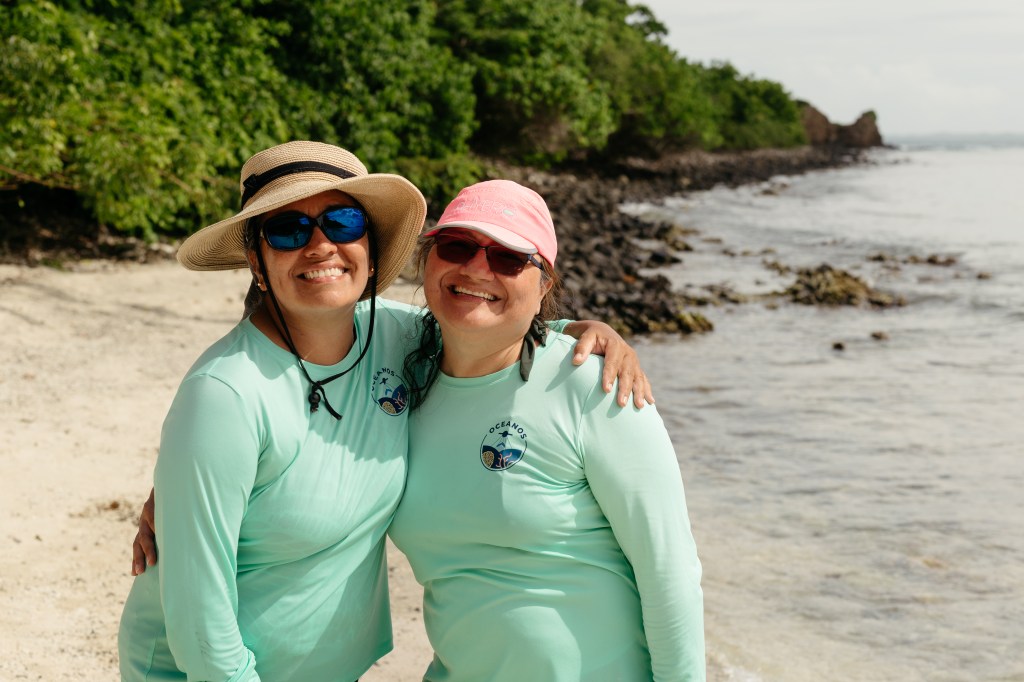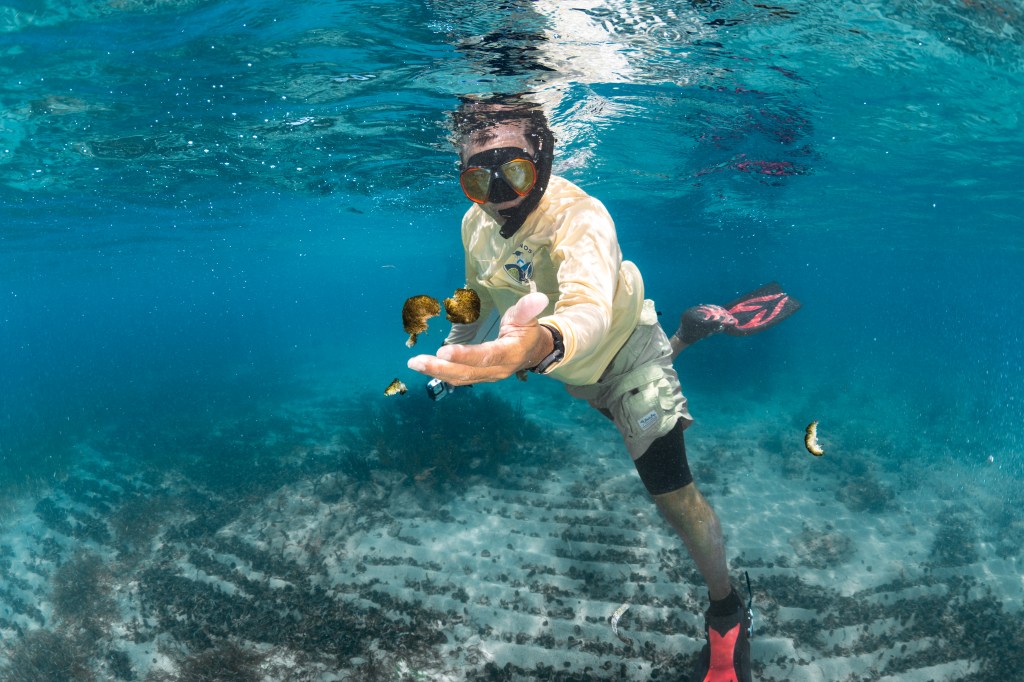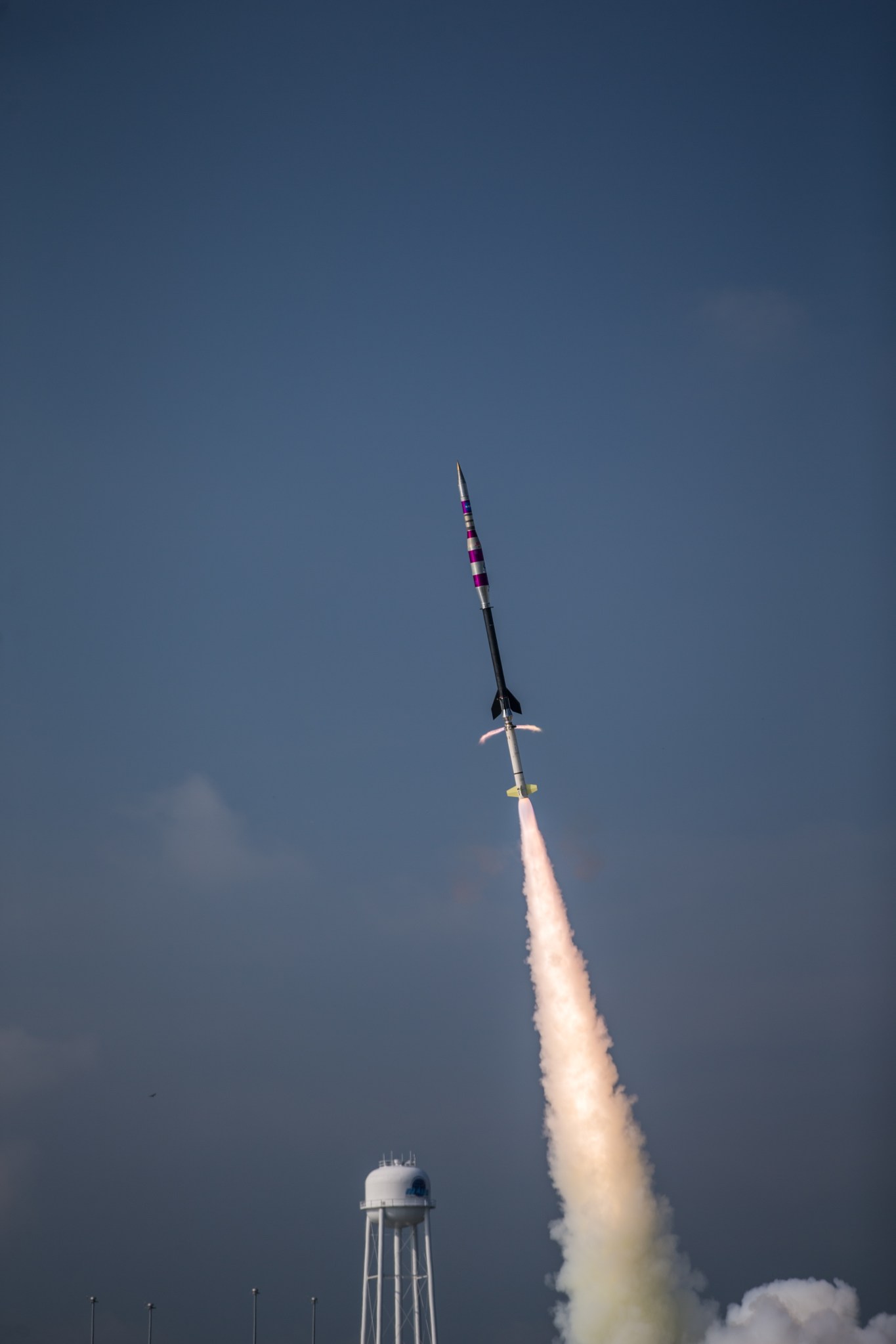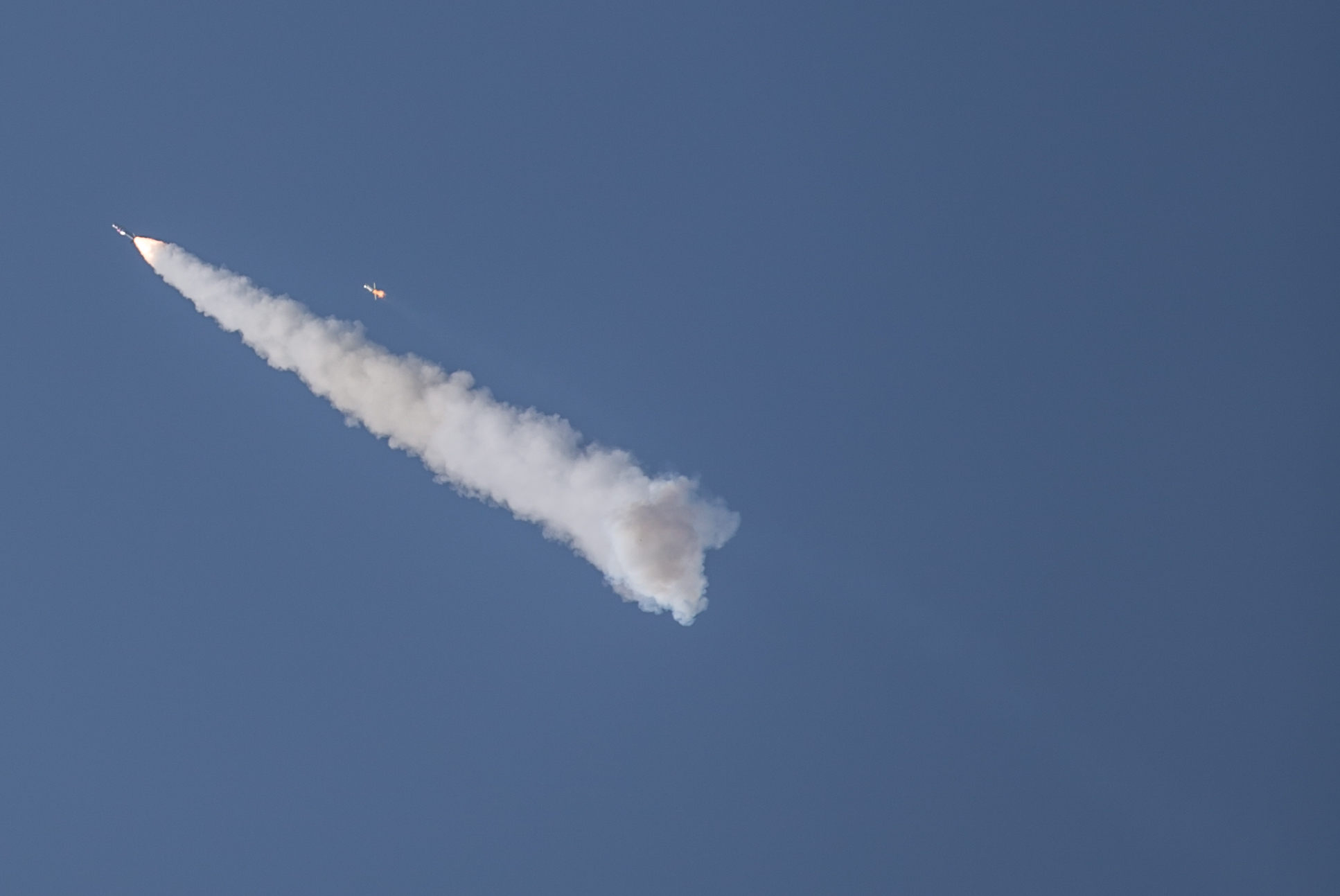A parachute test for a future mission to Mars was successfully launched on a NASA Black Brant IX suborbital sounding rocket at 9:30 a.m., Friday, Sep. 7, from the agency’s Wallops Flight Facility.
The rocket carried the rocket carried the Advanced Supersonic Parachute Inflation Research Experiment (ASPIRE) from NASA’s Jet Propulsion Laboratory in Pasadena California.
The payload descended by parachute and splashed-down in the Atlantic Ocean 28 miles from Wallops Island. The parachute was successfully recovered and returned to Wallops for data retrieval and inspection.
The payload is a bullet-nosed, cylindrical structure holding a supersonic parachute, the parachute’s deployment mechanism, and the test’s high-definition instrumentation — including cameras — to record data.
ASPIRE is managed by the Jet Propulsion Laboratory, for NASA’s Science Mission Directorate, with support from NASA’s Langley Research Center in Hampton, Virginia, and NASA’s Ames Research Center in Mountain View, California. NASA’s Sounding Rocket Program is based at the agency’s Wallops Flight Facility. NASA’s Heliophysics Division manages the sounding-rocket program for the agency.
Keith Koehler
NASA’s Wallops Flight Facility


